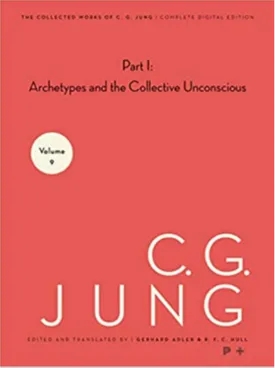The Archetypes and The Collective Unconscious by Carl Jung
Carl Jung is one of the most influential psychologists in the world and his work had a profound impact on the field of psychology and psychiatry. His theories of the collective unconscious and archetypes are widely accepted by many scholars in the field and are often recognized as one of the most important aspects of Jung’s legacy. In this article, we will explore what these terms mean and how they have influenced psychology today.
The collective unconscious refers to a shared set of memories, ideas, and experiences that are unconscious for most individuals. Carl Jung believed that these memories and experiences are stored in the unconscious mind and can affect our thoughts and behaviour. He proposed that these collective unconscious experiences are actually very broad in scope, and can be found in the collective unconscious of the entire human species. He identified the collective unconscious as one of the three major components of the psyche, which also includes the personal unconscious and the conscious.
Jung also developed the concept of archetypes to explain how the collective unconscious functions. An archetype is an ideal model of a personality or object, and they exist as symbols or patterns of thought within the collective unconscious. According to Jung, the collective unconscious includes both personal and universal archetypes which can be traced back to our biological and cultural history. For example, some of the most common archetypes include the wise old man, the hero, the rebel, the victim and the creator.
The concept of the collective unconscious and of archetypes have been incredibly influential and can be seen in many aspects of society today. For example, Jung suggested that these archetypes are present in literature, myth, and social roles. We can see the influence of archetypes in writing and storytelling, where characters often follow stereotypical patterns and use archetypal imagery.
But the collective unconscious and archetypes can also provide powerful insights into our behaviour and identity. By understanding the archetypes, we can gain a better understanding of our own psyche and develop a more expansive and holistic understanding of who we are. Jung believed that, through understanding the collective unconscious, we can all become more in tune with ourselves and develop a deeper sense of self-awareness.
The concepts of the collective unconscious and archetypes have had a lasting influence and have formed the basis for much of the work in the field of psychology and psychiatry. The concepts of the collective unconscious and archetypes have enabled psychologists to gain a better understanding of our unconscious thought processes and behaviours and can be used to better understand our personalities and behaviours. Jung’s theories have also enabled us to better understand our culture and society and have helped to shape the way we think about ourselves and our place in the world.

